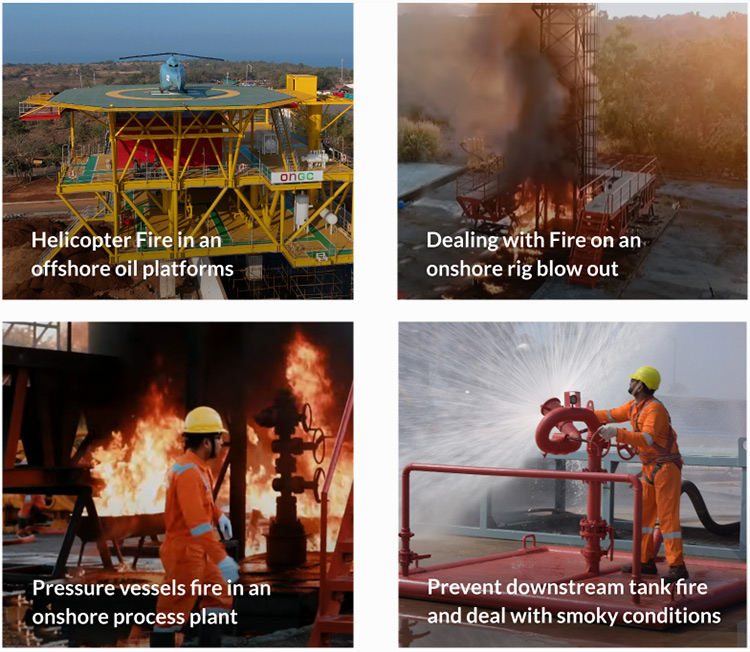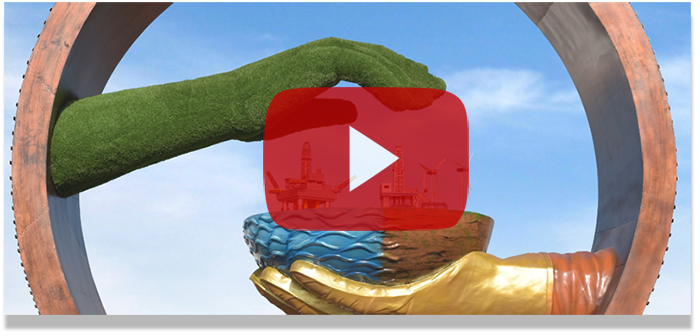Sea Survival Training
- Why is Sea Survival Training critical?
- ONGC’s Sea Survival Centre: A National, and indeed, a Global asset
- Safety is paramount and valuable
- A Training for all!
- Other important training protocols
Why is Sea Survival Training critical?
ONGC has over 10,000 people working offshore. On any given day, in Mumbai alone, as many as 450 people are flown in ONGC helicopters across the sea in over 35 sorties between Mumbai and its offshore rigs.
Helicopter crashes at sea are an ever present danger which is why ONGC has created the latest world-class facilities for safety training to survive such an event. Training that hopefully will never have to be really put to test.
ONGC’s Sea Survival Centre: A National, and indeed, a Global asset
ONGC’s Sea Survival Centre is India’s deepest training facility that provides a simulated training experience to help personnel exit successfully from a helicopter cabin in the event of a crash. It is located at the sprawling ONGC Goa campus of IPSHEM (Institute of Petroleum Safety, Health and Environment Management) an integrated advanced safety training institute for the Oil & Gas sector.
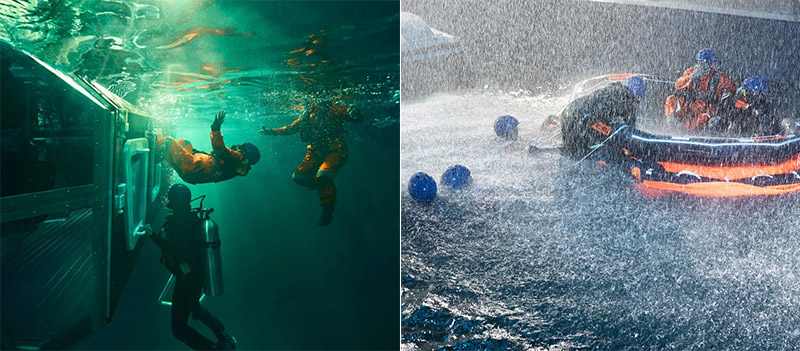
This facility has the deepest pool in the country and is equipped to simulate realistic scenarios like mist, waves, darkness and rain. Eight different types of waves up to two metres in height can be created, with four big wave chambers built into the pool.
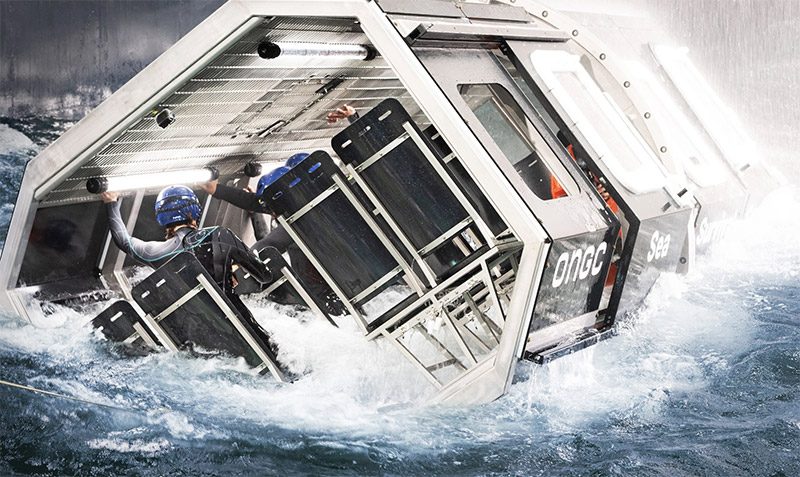
A world-class faculty is available at the ONGC’s Sea Survival Centre. Training starts with class room sessions where the entire process is explained repeatedly. This is then followed by the practical in-water sessions with one trainer for every individual being trained.
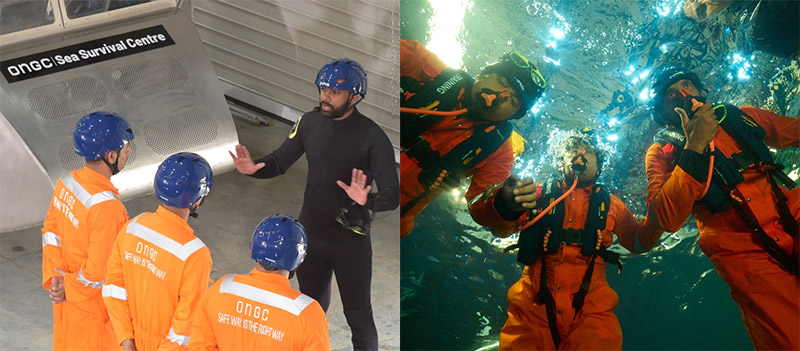
The facility also has a full simulation of a helicopter cabin. Individuals are strapped in first. An overhead crane picks up the helicopter cabin and drops it into the pool simulating a real-life situation. The cabin capsizes, turns on its side. Water flows in immediately, giving little to time to think. Individuals are trained to overcome the shock, fight the disorientation that usually follows and maintain their composure. The training is repeated a few times till the individuals knows what to do - disengage from their harness and escape to the surface within minutes of the crash.
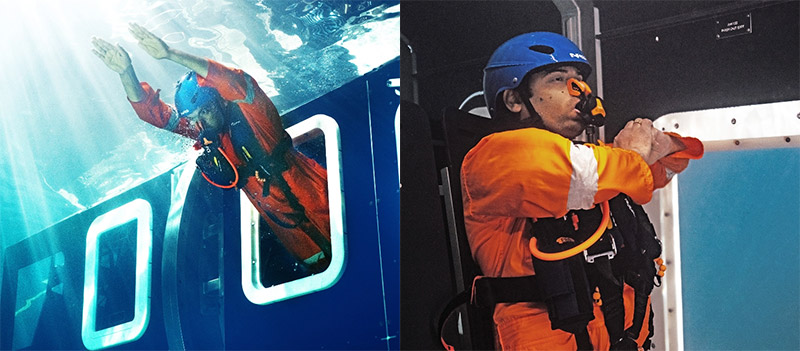
This way, they feel good and become confident at having mastered the process.
Safety is paramount and valuable
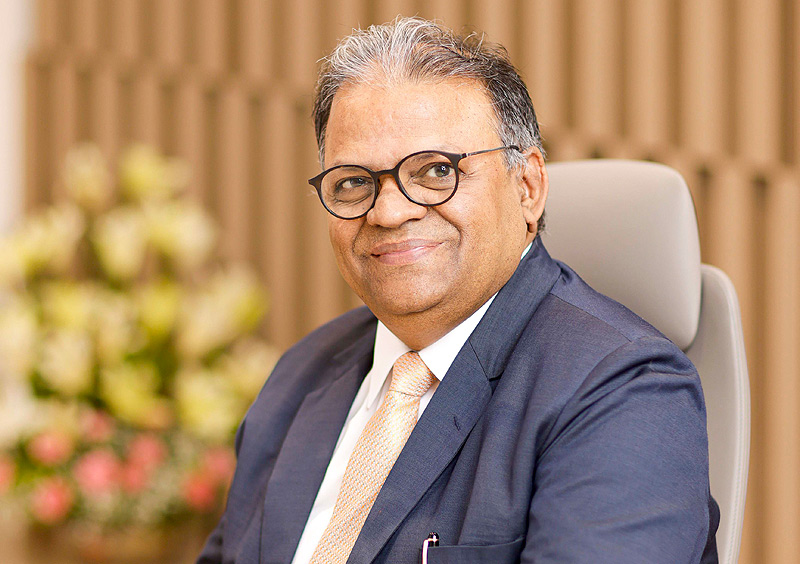
"This is something we think about all the time – the safety of our people in general, and particularly the safety of our offshore personnel. They are exposed to risks that most people don’t take. This is why we have created the latest world class facilities for safety training to survive a helicopter crash. The safety training facilities in Goa have been created with the earnest hope that we will never have to really put the training to test, ever. Come and enjoy the warm Indian hospitality. Go back with your survival skills enhanced. That we promise you"
Shri Arun Kumar Singh
Chairman & CEO
"We have to be prepared for it at any time. I survived a helicopter crash, with the grace of God. It was the scariest experience. When the helicopter crashed, and water rushed in, I was totally disoriented. My training helped me. I managed to come out, and was saved."
Mr. Ranajit Mal
Helicopter Crash Survivor
"My dad has been my best friend since I was little. If something had happened then, that would have been the end because I can't imagine how it would have been if I had lost him."
Dr. Shyama C Shyam Sundar
Daughter of the survivor (Mr. M Shyam Sundar)
A Training for all!
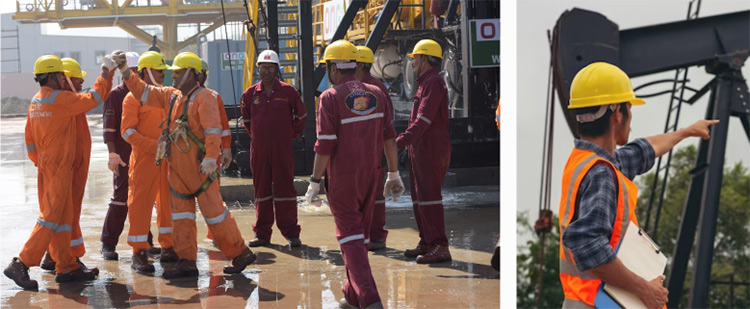
While this facility was created to cater to the safety needs of ONGC offshore personnel, it is also open to others like the Navy, Merchant carriers, Coast Guard, OMCs and people from overseas.
Other important training protocols
